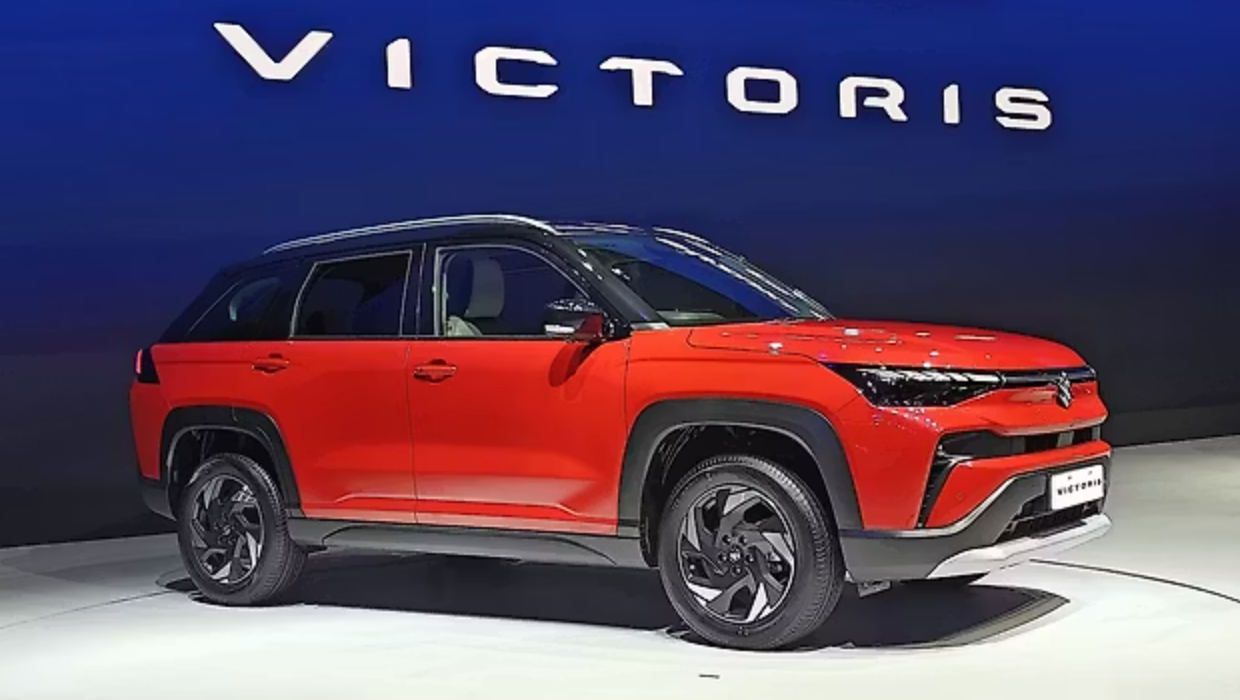In today’s car market, safety ratings undeniably hold significant weight in a buyer’s decision, especially in India. Recognizing this, car manufacturers have gone beyond basic industry regulations and conduct rigorous internal crash tests. This holds for Tata Motors, a pioneer in 5-star safety in India, as exemplified by their flagship SUV, the Tata Safari. Recently, Tata offered a glimpse into their state-of-the-art crash test facility at the Pimpri manufacturing plant near Pune, using the Safari as a demonstration vehicle. Let’s delve deeper into this fascinating behind-the-scenes look at how Tata prioritizes safety in their cars.
Beyond Regulations: The Importance of Internal Crash Testing
While NCAP ratings play a crucial role in informing potential buyers, car manufacturers like Tata conduct extensive internal crash testing long before their vehicles reach these official assessments. This meticulous approach ensures compliance with stringent safety standards even beyond regulatory requirements. Unfortunately, some car models still on the market haven’t undergone these rigorous tests, leading to their 0-star NCAP ratings.
A Peek Inside the Tata Crash Test Facility
Tata’s world-class crash test facility, established in 1997, boasts cutting-edge technology and meticulous processes. This facility caters not only to passenger vehicles but also to commercial trucks and buses, highlighting Tata’s commitment to safety across its entire product range. Here’s a breakdown of the key aspects of their testing procedures:
Pre-Test Preparations:
Computer-Aided Engineering (CAE) Simulation: Before physical testing, the vehicle’s structure and restraint systems undergo thorough computer simulations. This allows engineers to virtually predict how the car will behave in various collision scenarios, pinpointing potential weak points and guiding the design process for optimal safety.
Servo Acceleration Sled: This innovative tool acts like a miniature crash test arena, focusing on individual component evaluation. The sled propels the component (e.g., seat, dashboard) at high speeds, mimicking the forces experienced in an actual crash. This allows engineers to assess the behavior and integrity of these components under pressure, fine-tuning them for better occupant protection.
The Main Event: Full Vehicle Crash Test:
The Crash Zone: The heart of the facility is the 200-meter-long tunnel leading to a massive concrete block, replicating a real-world wall. High-intensity lights mimicking natural sunlight illuminate the zone, ensuring clear visibility for recording and analysis.
The Impact: The test vehicle, meticulously prepared with sophisticated sensors and dummies equipped with data loggers, is propelled towards the barrier at a predetermined speed using a complex pulley system. The entire collision, lasting mere milliseconds, is captured by multiple high-speed cameras positioned strategically both inside and outside the vehicle.
Data Analysis: After the impact, engineers meticulously analyze the data collected from the sensors and cameras. This data reveals the deformation patterns, occupant movement, and effectiveness of restraint systems like airbags and seatbelts. This information is crucial for understanding how well the vehicle protected the occupants and identifying areas for further improvement.
Continuous Improvement:
Tata’s commitment to safety doesn’t end with a single test. They emphasize continuous improvement through:
Regular Calibration: The dummies and sensors used in the tests are meticulously calibrated after every few test cycles to ensure their accuracy and reliability.
Post-Test Evaluation: Even if a component appears undamaged visually, it undergoes thorough post-test assessments to confirm its continued adherence to safety standards.
Tata Safari: A Testament to Safety First
The 5-star NCAP and GNCAP ratings achieved by the Tata Safari stand as a testament to the effectiveness of their meticulous crash test procedures. By prioritizing safety throughout the design and development process, Tata Motors empowers Indian car buyers to make informed choices and prioritize their well-being on the road.
FAQs:
Q: Why are internal crash tests conducted beyond NCAP regulations?
A: Internal crash tests allow car manufacturers to go beyond basic regulatory requirements and ensure their vehicles offer an even higher level of safety for occupants.
Q: What are the different types of tests conducted at the Tata crash test facility?
A: Tata conducts a variety of tests, including frontal and side-impact collisions, roof crush tests, and individual component evaluations using the servo acceleration sled.
Q: How does Tata ensure the accuracy and reliability of their crash test results?
A: Tata uses cutting-edge technology and adheres to strict protocols throughout the testing process. Regular calibration and meticulous data analysis ensure the accuracy and reliability of their results.




